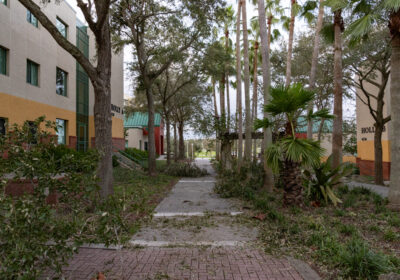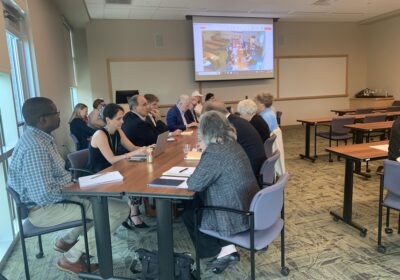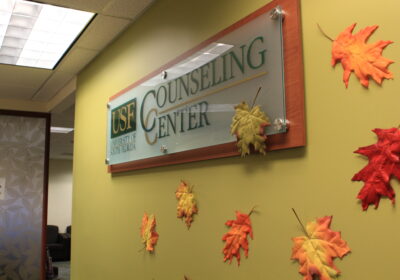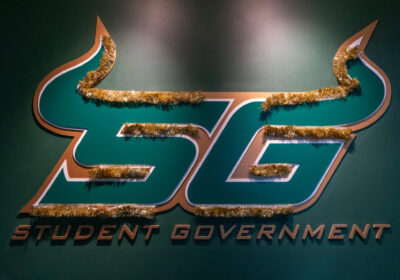Article questions grad student grades
A New York Times story published earlier this month questioned the high number of As and Bs among graduate schools, including at USF.
Research by Furman Universitys Christopher Healy, an associate professor of computer science, shows that in masters programs across the country about 75 percent of grades are As, 22 percent Bs, 3 percent Cs and less than 1 percent Ds or Fs. While C, D and F grades have historically been low in graduate programs, the research shows that As have gone up from about 50 percent 40-plus years ago.
According to the Times, 73 percent of USF graduate students received As during fall semesters from 2008-2010, while 21 percent got Bs, 3 percent Cs, 0.5 percent Ds and 2 percent Fs. No graduate students received Ds or Fs at Texas A&M, Indiana State or Furman University in South Carolina.
Valeria Garcia, director of planning and analysis for the USF Office of Decision Support, said those numbers could not be immediately verified or reviewed and would have to account for USFs plus and minus grading scale.
Yet Karen Liller, dean of USFs Graduate School, said the numbers dont look out of line to her. They are not tied to any economic incentives in keeping graduate students, she said, but rather academic expectations.
Its an old issue, she said. When you apply for graduate school, and this wasnt in the article, you have to have a minimum GPA of usually a 3.0. So right there youre starting at a level that is at least a B and you cant even really get into the program unless youre at that level So, the high preponderance of grades in the A or B category, then, is really not that surprising.
According to the USF Controllers Office, tuition for students entering graduate level courses on the Tampa campus is $399.76 per credit hour for Florida residents and $821.06 for non-residents. Undergraduate courses cost $191.06 for residents and $497.32 for non-residents.
Liller said there are currently about 10,000 graduate students and the University plans for the program to account for about 25 percent of total enrollment, which is currently more than 45,000 for the USF System.
While the Times reported that professors from American University, Harvard University and Columbia University said that exceptions are often made to allow students to pass and, thus, continue paying tuition, Liller said USF does not retain graduate students for the revenue, as many doctoral students are funded through the University itself.
I personally do not believe that we are retaining poor students just for the money, Liller said. Obviously full fee-paying students are important. But I can tell you Ive been at USF a long time and Ive never seen that happen. Ive never seen a student be retained who should not be, and thats just not a tactic that we use at USF.
Rigorous expectations, increased one-on-one instruction and higher financial stakes are all reasons why students in USFs Graduate School maintain a high level of As and Bs with relatively few lower grades, she said.
If a students GPA dips below a 3.0 in the graduate program, they are subject to three levels of academic probation, Liller said. At the first level, students are encouraged to work closely with their adviser to come up with a plan to increase their GPA. If their GPA is still below a 3.0 by the second semester, they are put on a second probation level and the following semester, they may be encouraged to withdraw rather than continue or be academically dismissed.
But these instances are rare, she said, as students work very closely with professors who can grade them based on their true competency in the course.
Graduate school is so much about a mentoring relationship and faculty take that very seriously, she said. I know I have doctoral students and I take that mentoring very seriously. I want them to do well. I want them to have high grades.






